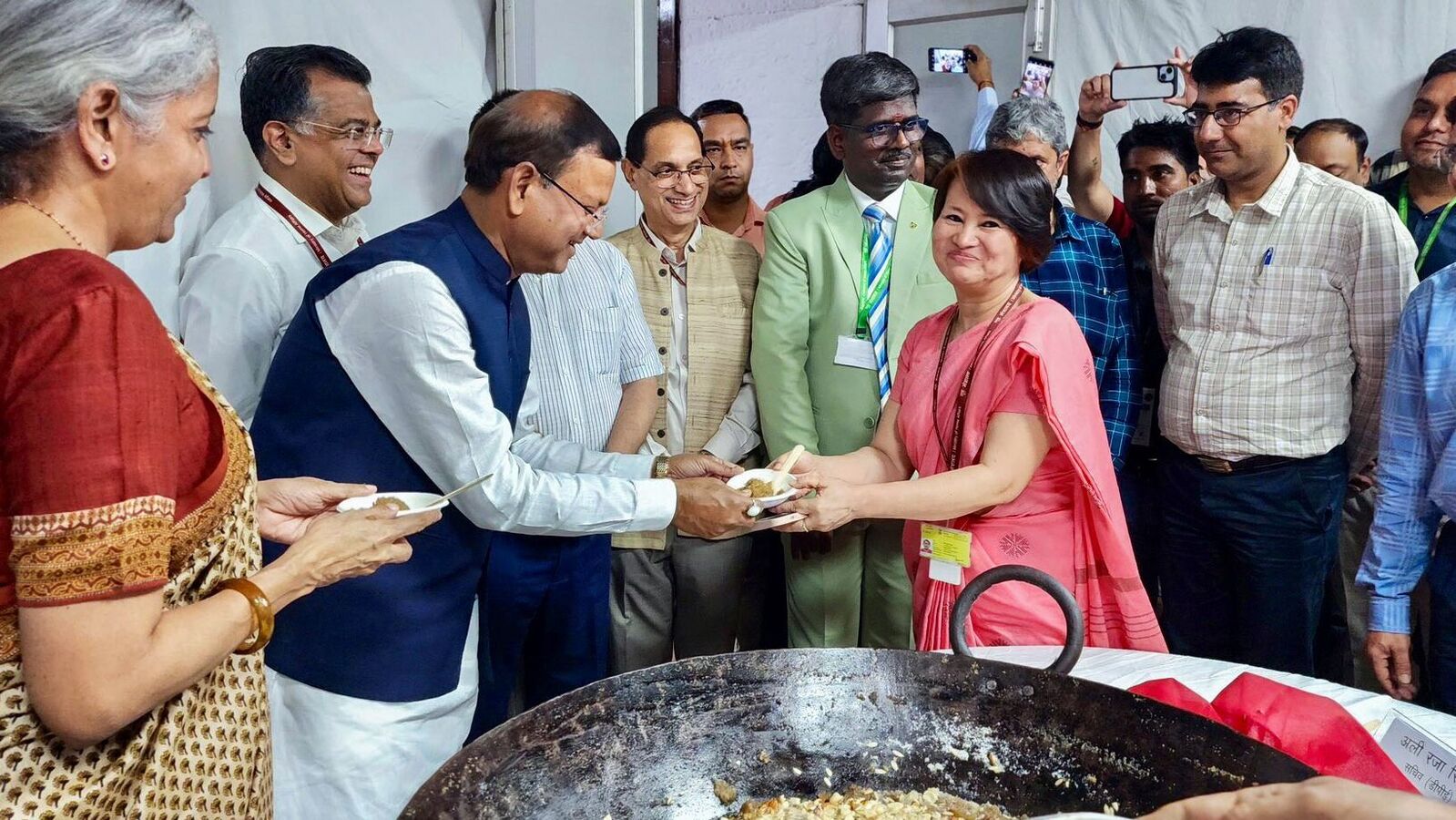Budget 2024 Expectations Live Updates: India, currently the world’s fifth-largest economy, is anticipated to climb to the third rank in the coming years. FM Sitharaman’s Budget 2024 is expected to outline a roadmap for sustained economic growth. Past trends suggest that the Modi government will continue to emphasize high capital expenditure, particularly on infrastructure, to drive GDP growth. As in previous years, salaried taxpayers are hoping for significant income tax relief, including changes in the new income tax regime and adjustments to the standard deduction.
Budget 2024 Expectations Live Updates: Government Urged to Implement Tax Reforms to Boost Consumer Spending, says Punit Shah, Partner, Dhruva Advisors
“It is recommended that the Government introduces amendments with an effort to stimulate consumer spending – key expectations include raising the tax-free income threshold, reducing tax rates for middle-income earners, increasing the standard deductions for the salaried employees, enhanced limits for Section 80C (investment-related deductions), and higher deductions under Section 80D for health insurance premiums. These measures aim to boost disposable income, aligning with inflation rates and encouraging higher consumer expenditure to invigorate the economy.”
Budget 2024 Expectations Live Updates: Experts Call for AI-Driven Solutions to Bridge MSME Credit Gap
Ankit Ratan, Co-founder & CEO, Signzy, said, “As the budget approaches, we strongly urge the Finance Minister to prioritize pivotal solutions such as enhancing digital infrastructure, financial literacy initiatives, and AI-powered credit assessments within financial institutions. The biggest backpain for India’s MSMEs is the massive credit gap of $530 billion, with only 14% of the 51 million MSMEs accessing formal credit, compared to 50% in the US and 37% in China. Traditional credit assessment methods severely disadvantage them due to small loan sizes and lack of documentation.”
“To effectively address the MSME credit gap, we expect the finance minister to significantly strengthen digital infrastructure and financial literacy programs, focusing on government-backed credit schemes. Promoting AI-powered credit assessments will drastically improve lending decisions, while automating loan processes through AI tools will build essential trust between lenders and MSMEs. These measures will not only bridge the credit gap but also propel India toward its goal of becoming a $7 trillion economy by equipping MSMEs with critical business resources.”
“By fully embracing AI solutions, India can unlock the immense potential of its MSME sector, driving vigorous economic growth powered by its entrepreneurial spirit.”
Budget 2024 Expectations Live Updates: Further Deductions in Home Loan Interest Will Boost Real Estate Market, Says Shashank Paranjape
Shashank Paranjape, Managing Director of Paranjape Schemes (Construction) Ltd, stated, “Among the other measures taken to boost the real estate markets, especially in non-metro markets, we believe further deductions in interest on home loans will create a conducive environment for all the real estate developers. An increase in deductions will allow potential home buyers to plan their budgets. Such positive changes in home loan interest will uplift market sentiment and increase sales volume as potential buyers will have more resources. This, in turn, means improved liquidity and cash flow, helping developers complete existing projects ahead of schedule. Overall, there will be sustainable growth and stability in the real estate market.”
Budget 2024 Expectations Live Updates: Recycling Industry Body Calls for Zero Duty on Aluminium Scrap Imports
Budget 2024 Expectations Live Updates: In the run-up to the budget, the Material Recycling Association of India (MRAI) has urged the government to eliminate the import duty on aluminium scrap to promote sustainability within the industry.
MRAI highlights that recycling aluminium scrap results in significantly lower carbon emissions, producing only 0.3 million tonnes (MT) of CO2 per tonne of aluminium, compared to 14 tonnes of CO2 emitted per tonne of aluminium produced through the traditional smelter route, which relies on coal-based power capacities.
“Among the key challenges faced by the Indian aluminium recycling industry is the 2.5 percent import duty on aluminium scrap. It is a key raw material for aluminium recycling and the government should make it zero until the quality material (scrap) is available in sufficient quantity in the domestic market,” MRAI said in a letter to Finance Minister Nirmala Sitharaman.
